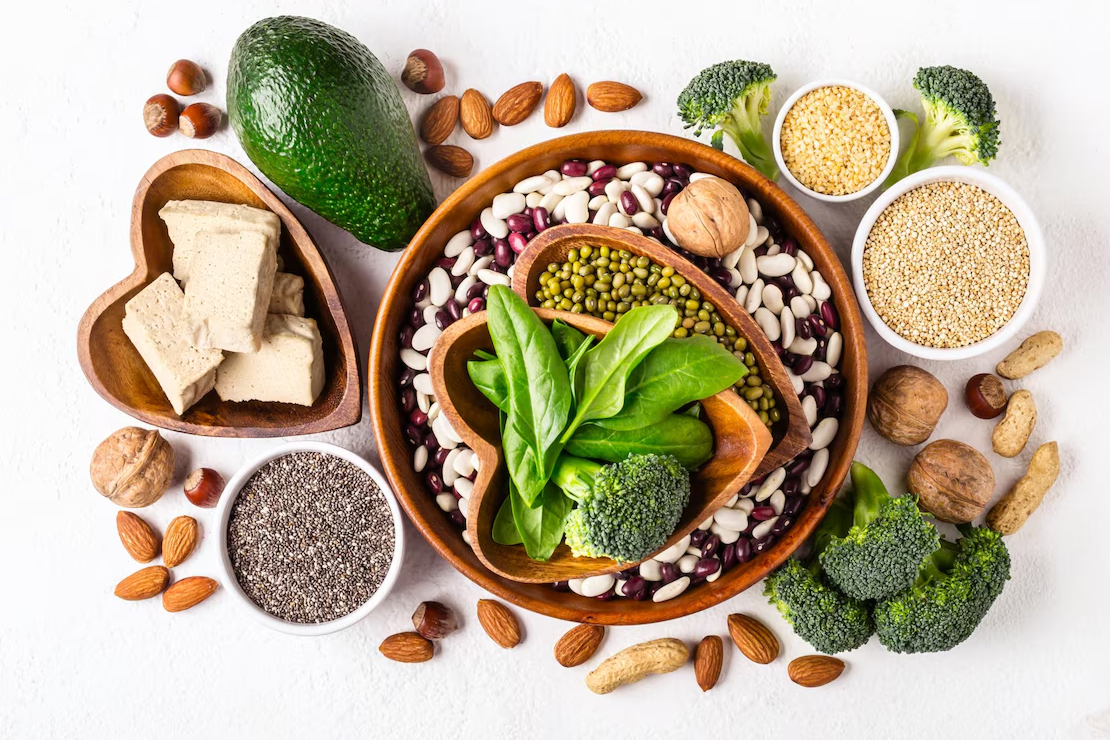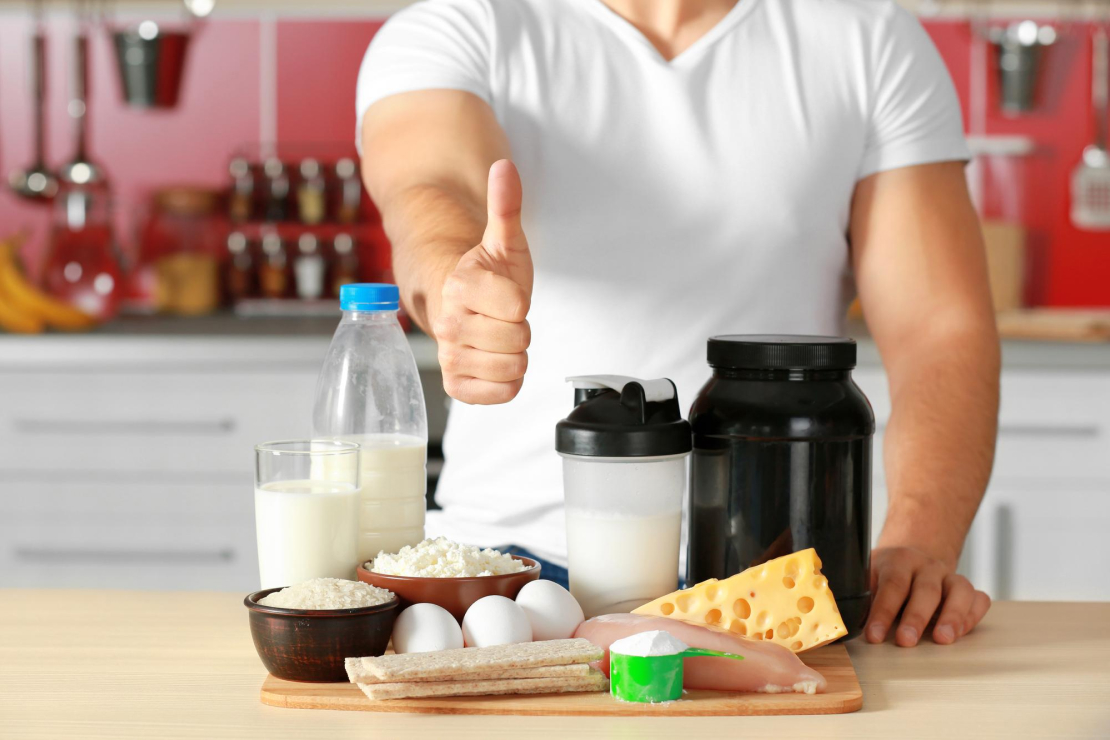Common Mistakes When Trying to Hit Your Protein Goals
Unlock the secrets to successfully meeting your protein needs. This guide reveals the common mistakes people make when trying to hit their protein goals and provides expert tips to optimize your intake for better results.

Table of Content
The Protein Predicament: Why Hitting Your Goals is Harder Than It Looks
Protein is the undisputed king of macronutrients for anyone serious about fitness, weight management, or overall health. Yet, despite its popularity, many people struggle to consistently meet their daily protein targets. The journey to adequate protein intake is often paved with common, easily avoidable mistakes. This guide will illuminate these pitfalls and provide you with the knowledge to navigate them, ensuring your efforts translate into real results.
Mistake #1: Miscalculating Your Actual Protein Needs
One of the most fundamental errors is not knowing your correct protein target. A one-size-fits-all approach doesn't work. Your ideal protein intake is highly individual, depending on factors like age, sex, weight, activity level, and specific goals.
The Problem:
- Following generic advice (e.g., "eat 1g of protein per pound of bodyweight") without considering personal context.
- Failing to adjust protein intake as activity levels or goals change.
The Solution:
- Use a Science-Based Calculator: Utilize a reliable tool to determine your specific needs. For example, sedentary individuals need about 0.8g/kg, while athletes may need up to 2.2g/kg.
- Regularly Re-evaluate: Adjust your protein goals every 3-4 months or whenever your training regimen or body weight changes significantly.
Mistake #2: Poor Protein Distribution Throughout the Day
Many people consume the bulk of their protein during one large meal (usually dinner), while their other meals are protein-poor. This "protein back-loading" is suboptimal for muscle protein synthesis (MPS).
The Problem:
Your body has a limited capacity to stimulate MPS in a single sitting. Spikes of amino acids are needed throughout the day to keep the muscle-building process active.
The Solution:
Aim to distribute your protein intake evenly across 3-5 meals and snacks. This keeps a steady supply of amino acids available for your muscles, maximizing growth and repair.
| Meal | Suboptimal Approach (120g Goal) | Optimal Approach (120g Goal) |
|---|---|---|
| Breakfast | 10g (e.g., Cereal) | 30g (e.g., Greek Yogurt + Nuts) |
| Lunch | 20g (e.g., Small Sandwich) | 30g (e.g., Large Chicken Salad) |
| Dinner | 80g (e.g., Large Steak) | 40g (e.g., Salmon Fillet) |
| Snack | 10g (e.g., Granola Bar) | 20g (e.g., Protein Shake) |
Mistake #3: Over-Reliance on Protein Supplements
Protein shakes are incredibly convenient, but they should supplement, not replace, whole food sources. Relying too heavily on shakes can lead to nutritional gaps.
The Problem:
- Micronutrient Deficiencies: Whole foods like meat, fish, and legumes provide essential vitamins and minerals (iron, zinc, B-vitamins) that powders lack.
- Lack of Satiety: Liquid calories are often less filling than solid food, which can lead to overconsumption of other foods later.
The Solution:
- Whole Foods First: Aim to get at least 75% of your daily protein from whole food sources.
- Strategic Supplementation: Use shakes for specific, convenient times, like post-workout or during a busy morning.
Mistake #4: Ignoring Plant-Based Protein Sources
Many people, especially non-vegans, overlook the power of plant-based proteins. This limits dietary variety and can make hitting protein goals more difficult and expensive.
The Problem:
A narrow focus on animal protein can lead to a lower intake of fiber and important phytonutrients, and can be less budget-friendly.
The Solution:
Incorporate a variety of plant-based proteins into your diet. Many are nutritional powerhouses:
- Lentils: ~18g of protein per cooked cup.
- Chickpeas: ~15g of protein per cooked cup.
- Tofu & Tempeh: Excellent complete proteins.
- Quinoa: A complete protein with ~8g per cooked cup.
Mistake #5: Forgetting About "Hidden" Protein in Carbs and Fats
Protein isn't just in meat and shakes. Many carbohydrate and fat sources contain a surprising amount of protein that people often fail to track.
The Problem:
By not accounting for these sources, you might be over-consuming protein or miscalculating your macros. This can also lead to unnecessary spending on protein-specific foods.
The Solution:
Use a comprehensive tracking tool that accurately accounts for all macronutrients in every food.
- Whole Grains: A cup of oatmeal has ~6g of protein.
- Nuts and Seeds: An ounce of almonds has ~6g of protein.
- Vegetables: A cup of broccoli has ~2.5g of protein.
Conclusion: Smart Strategy Over Brute Force
Hitting your protein goals consistently is about working smarter, not just eating more. By accurately calculating your needs, distributing your intake wisely, prioritizing whole foods, and embracing variety, you can create a sustainable and effective protein strategy. Avoid these common mistakes, and you'll be well on your way to unlocking your body's full potential.
"Success in nutrition comes not from perfection, but from avoiding the common pitfalls. A well-informed strategy is your most powerful tool."
Frequently Asked Questions
Is it bad to have all my protein in one meal?
While your body can absorb a large amount of protein at once, it's not optimal for muscle building. Spreading your intake throughout the day keeps muscle protein synthesis elevated for longer periods.
How can I increase my protein intake without eating more meat?
Focus on high-protein dairy (like Greek yogurt), eggs, and a variety of plant-based sources like lentils, beans, tofu, and quinoa. Nuts and seeds are also great additions.
Do I need more protein on rest days?
Your protein needs remain high on rest days because your muscles are actively repairing and rebuilding from previous workouts. It's important to maintain a consistent, high-protein intake every day.
Start Your Health Journey Today
Download Macro Tracking AI and take control of your nutrition with the power of artificial intelligence.
Download on App Store

